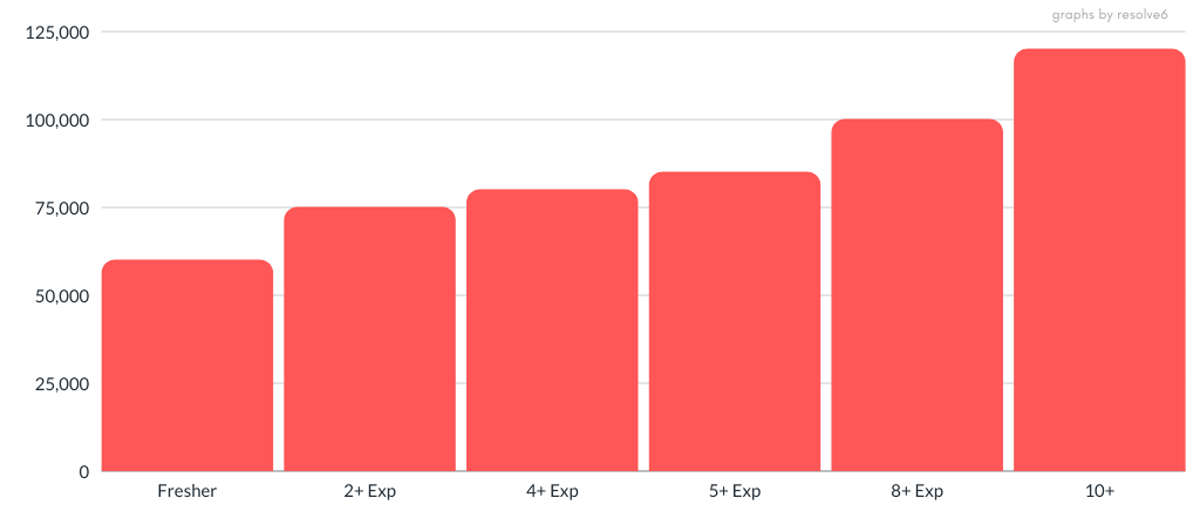Benefits
Data science and Analysis are key things that were used for ages to make error-free decisions but now they are playing some very important role in developing machine learning applications.
In this course, you will get an in-depth understanding of analyzing the data and building Machine learning (ML) models using ML libraries in Python. Use the analysis was done to communicate insights and make predictions using the model.
The interesting methodology taught in this course once understood can be used in solving real world problems with the required modifications. So in order to get to this level of understanding, we will go into the mathematical foundations of machine learning during the data science training.
There are basically three types of math that we will need:
We will develop all three of these areas quite carefully because they’re really crucial to mastering machine learning. So at the end of the day, what are the skills that you will acquire from this course?
Practitioner grade Python skills for solving Data Science problems – You will be cleaning and processing a lot of data before you start applying machine learning models to solve problems.
Familiarity with the most widely-used machine learning methods – What are they? How do they work? Why do they work? What kinds of data are they good for? What are their strengths and weaknesses? What is going on under the hood?
Strong grounding in the foundations of machine learning that will help you to keep up with this field as you scale to learn newer things. The field is evolving very rapidly.
By the end of this data science training program, you would have built a collection of projects across different areas in machine learning and this will essentially constitute a portfolio that you can showcase.
Watch
COURSE VIDEO









It’s usually preferable to have a computer sciences background to get into Data Sciences, but however, our comprehensive training at Resolve6 is the perfect Bootcamp to get those basics aligned, and get started to upscale your career path as a Data Scientist/Machine Learning Developer.
Contact Us
Some of the fundamental concepts expected from Data scientists are correlation, causation, and how to statistically test hypotheses. Basic knowledge of linear algebra and calculus is definitely required. It may be hard to master them initially but given the time and practice with working, these areas will be familiar and comfortable to work on while undergoing data science training.
One can learn all the latest techniques, master multiple tools, and make the best graphs, but if you cannot explain your analysis to your client, you will fail as a data scientist. It is the most important part of data science training.
GitHub profile is a must, it instills confidence, trust, and flexibility to check out any project that you have mentioned in a resume
We go with python because it is easier to write, read and understand codes in python. Support of bulk of important libraries for doing ML tasks.
Machine learning is a sub-set of Data Science or one can say that it is a part of data science training. Data Science uses a scientific approach to extract meaning and insights from the data Whereas ML is a tool/technique used by Data scientists.